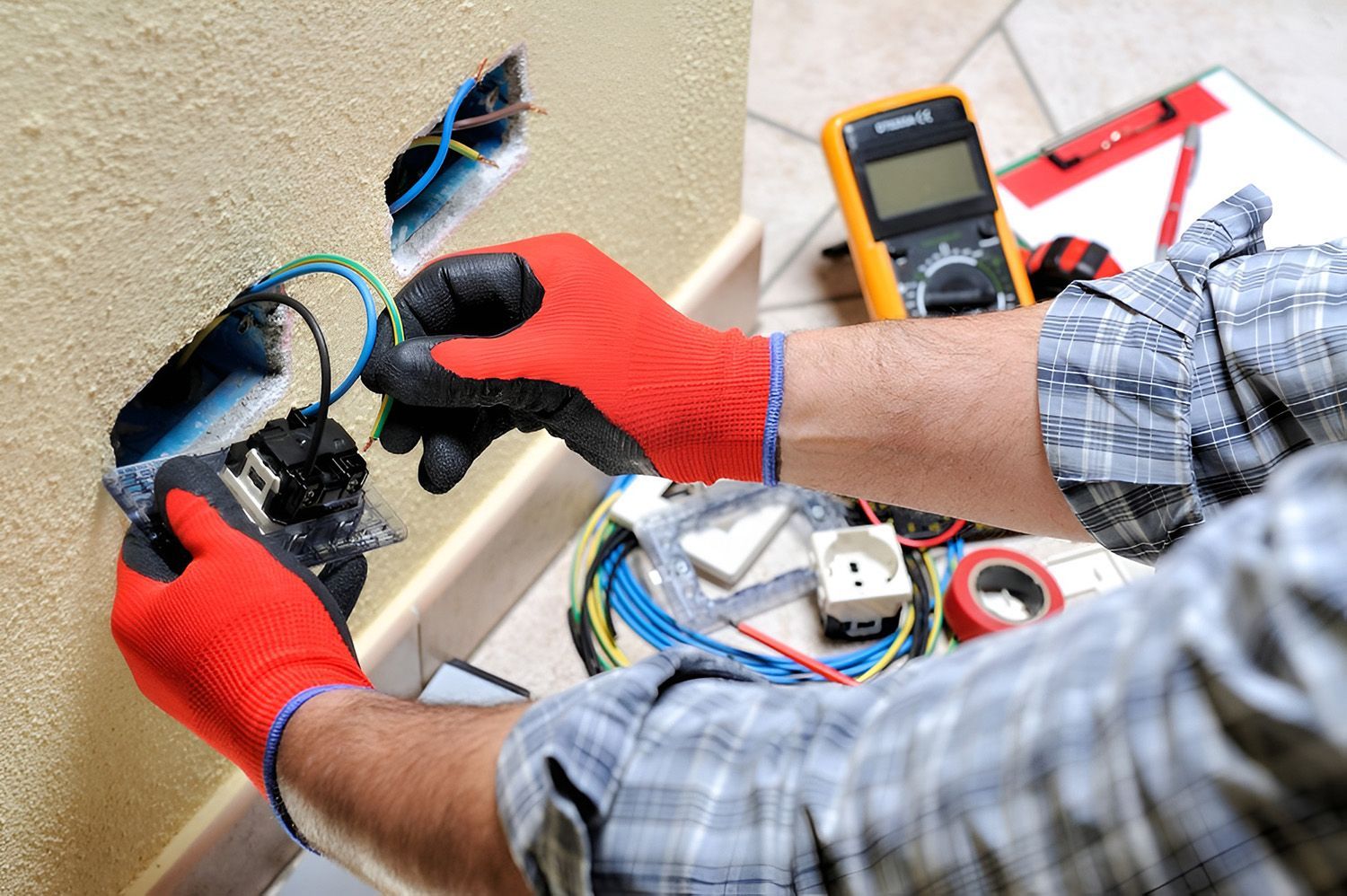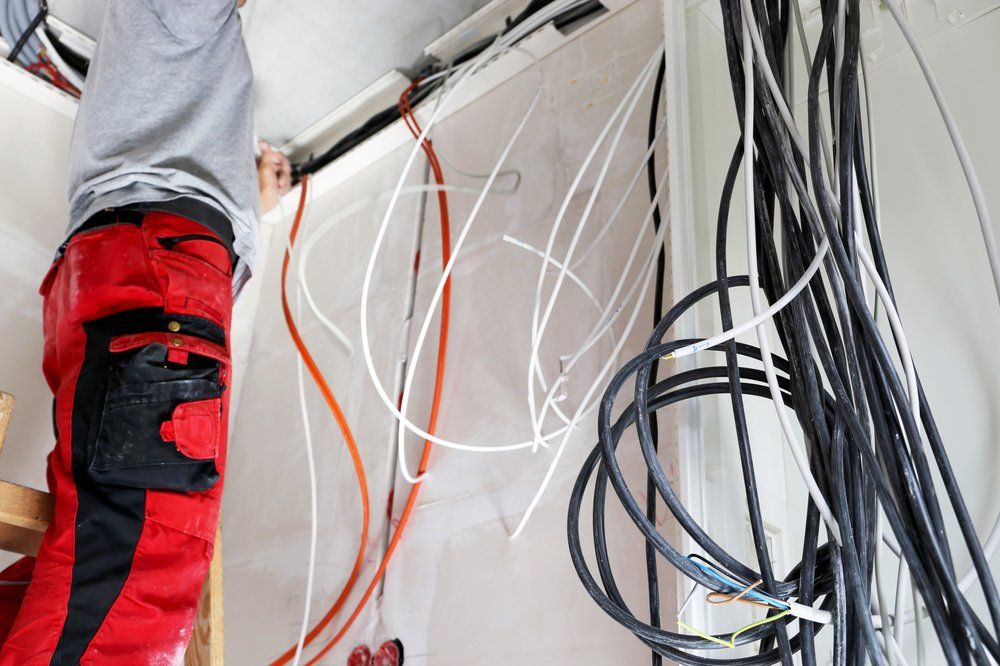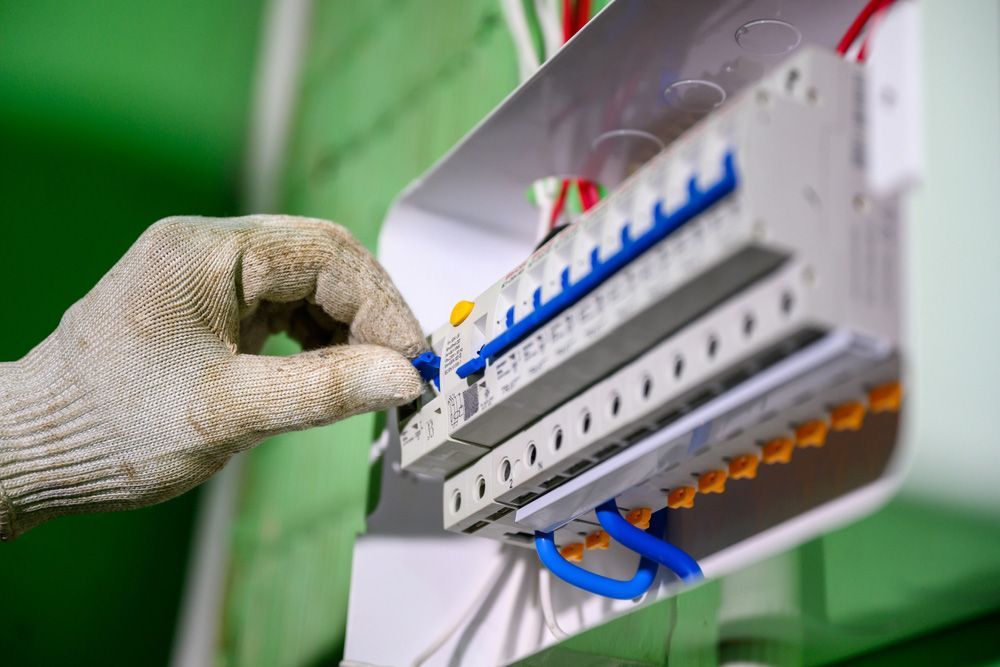What Are the Risks of Neglecting Regular Test & Tag Services for Your Business?
It’s easy to overlook electrical equipment in the bustle of daily business. However, failing to schedule regular test and tag services can have serious consequences, from legal trouble and downtime to compromised staff safety. For business owners and facilities managers on the Sunshine Coast, where high humidity and equipment wear are everyday realities, prioritising electrical safety checks isn’t optional—it’s essential. This blog explores the risks of skipping test and tag services, using local insights to guide you toward smarter, safer practices.
How Overlooking Test & Tag Can Breach Workplace Safety Laws
Businesses must maintain safe working environments, including ensuring that electrical equipment is safe. Regular test and tag services are fundamental to meeting these safety responsibilities. Neglecting this process can lead to serious outcomes such as legal penalties, failed audits, or liability for workplace incidents.
Common compliance issues include:
- Lack of regular testing is appropriate to the nature of the work environment
- Poor recordkeeping of test dates, equipment condition, and actions taken
- Overlooking specific safety needs in high-use or high-risk sectors like hospitality, construction, or industrial workspaces
While avoiding tests and tags might seem like a way to save time or money, it could ultimately expose your business to significant legal and operational risks.
Why Faulty Equipment is a Hidden Workplace Hazard
Electrical faults often develop gradually and can be easy to miss without regular checks. A power cord with a slight tear or an appliance running hotter than normal might seem minor—until it sparks a fire or shocks an employee. Test and tag services catch these risks before they become incidents.
Hazards caused by faulty appliances include:
- Electrocution from exposed wiring or damaged plugs.
- Electrical fires are caused by overheating or short circuits.
- Injury to staff handling unsafe appliances.
Whether it’s a kettle in the staff kitchen or a tool in a workshop, every plug-in device carries risk if left untested.
The Real Cost of Downtime Caused by Electrical Failures
Sunshine Coast businesses that rely on electrical tools, IT infrastructure, or refrigerated storage can’t afford unscheduled outages. Failed equipment can bring operations to a halt, especially in service-driven sectors like retail or hospitality. Routine test and tag checks help maintain operational continuity.
Consequences of unexpected downtime include:
- Revenue loss due to interrupted service.
- Delays in project timelines or order fulfilment.
- Emergency repair costs and rushed equipment replacements.
- Damage to your business reputation with clients and customers.
Staying ahead of failures with a proactive test and tag schedule can prevent reactive firefighting later.
Insurance Voids: The Financial Risk of Skipping Tagging
Most business insurance policies contain clauses requiring evidence of equipment maintenance. If an incident occurs and you can’t prove that the appliances were regularly tested, your insurer may reject your claim. This puts your financial security and recovery options at risk.
Insurers may reject claims involving:
- Fire damage from untagged electrical appliances
- Employee injuries caused by faulty equipment
- Property or stock loss due to electrical faults
Test and tag documentation isn’t just a safety practice—it’s also a crucial part of your business’s risk management and insurance defence.
Test & Tag: A Vital Part of Your WHS Strategy
WHS compliance on the Sunshine Coast isn’t just about having evacuation maps and hazard signs. Test and tag services are central to building a documented, defensible safety program that prioritises staff wellbeing. They’re especially important in shared office spaces, commercial kitchens, and industrial settings.
Benefits of integrating test and tag into WHS include:
- Systematic identification and isolation of unsafe equipment.
- Clear compliance evidence for audits and inspections.
- Reduced risk of injury-related claims and absenteeism.
- Reinforcement of a proactive safety culture in the workplace.
Tagging services aren’t just about ticking boxes—they’re about embedding safety into your business routine.
Industry-Specific Risks: Why One Size Doesn’t Fit All
Different industries face different types of electrical risk. In retail or food service sectors, where appliances are used constantly, test intervals need to be more frequent than in low-use environments. Tourism, construction, and healthcare sectors all have their own tagging needs.
Examples of industry-specific risks include:
- Commercial kitchens where heat and moisture increase appliance wear.
- Building sites using portable tools and high-power equipment.
- Clinics and salons operating sensitive devices in wet areas.
- Offices with overloaded power boards and daisy-chained devices.
Tailored test and tag schedules ensure equipment is inspected at the right frequency for your specific risk profile.
How Regular Testing Builds Employee Confidence & Accountability
A visible commitment to workplace safety sends a strong message to your team: their well-being matters. Seeing test tags on tools, appliances, and cords reassures staff that equipment is safe and issues won’t be ignored. This contributes to a more accountable, safety-conscious work culture.
Positive impacts on employee morale include:
- Increased confidence when using tools or appliances.
- Improved reporting of faults and near misses.
- Reduced anxiety around electrical hazards in the workplace.
- Enhanced teamwork around shared safety goals.
Safety isn’t just a compliance issue—it’s also about creating a supportive environment where employees feel protected and empowered.
Environmental Conditions & Electrical Equipment Degradation
Humidity, salt exposure, and prolonged high temperatures can significantly impact the lifespan and safety of electrical equipment. These environmental stressors accelerate wear and tear, particularly on appliances used in semi-enclosed or outdoor environments. As a result, routine testing becomes even more critical to identify damage early and prevent safety hazards.
Environmentally accelerated risks include:
- Corrosion in appliance internals and plug contacts
- Heat stress causing insulation breakdown and performance issues
- Increased risk of moisture ingress, leading to short circuits and internal damage
Businesses operating in environments exposed to these elements should review their test and tag frequency and ensure proper equipment storage and handling to minimise deterioration over time.
Keep Your Business Safe with Our Test & Tag Services
At Hennig Electrical Services, we understand the risks that local businesses face—from compliance and insurance complications to the impact of equipment failures on daily operations. Our test and tag services on the Sunshine Coast are tailored to help you stay safe, compliant, and operational without stress.
Don’t leave safety to chance—get in touch via our contact page or give us a call to schedule a service and stay compliant. Let’s make safety a seamless part of how you do business.









